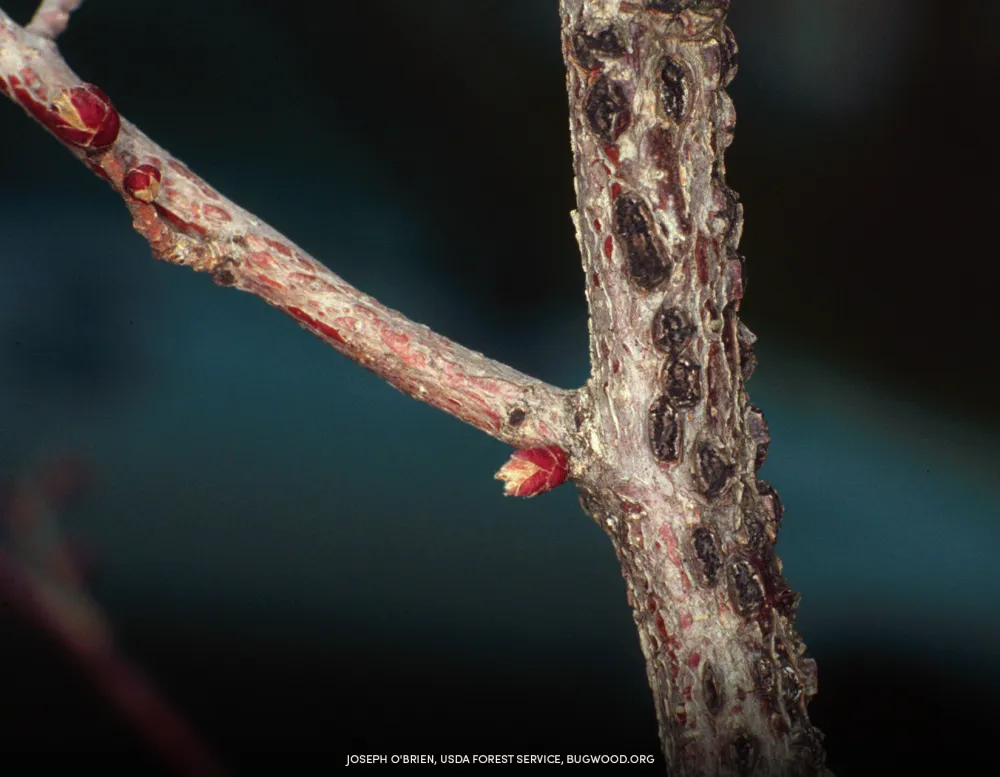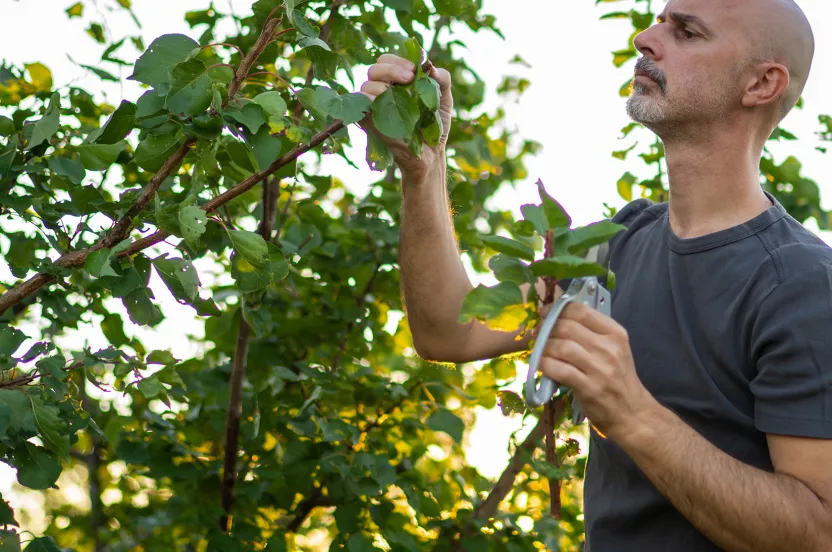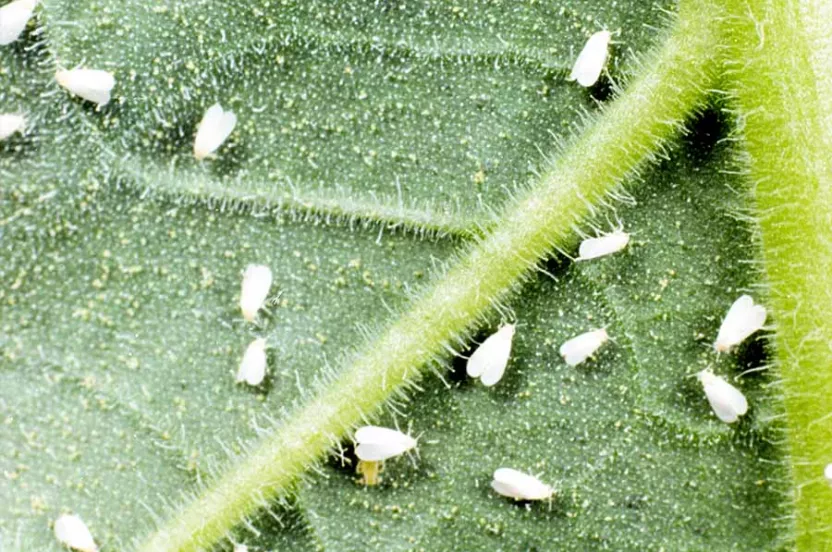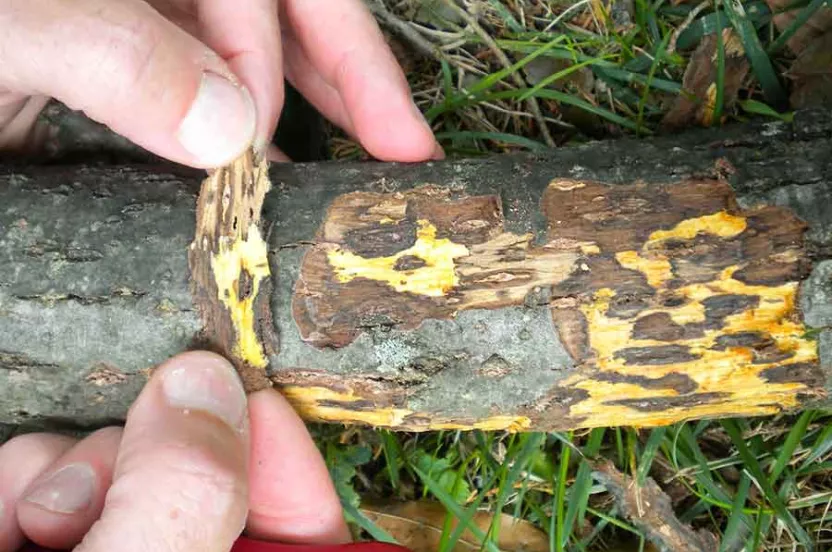Give before midnight on July 31 to double your impact where trees need us most. CHOOSE A PROJECT
Maintenance & Health
Eastern Filbert Blight
The devastating impact of Eastern Filbert Blight (EFB) has been a significant roadblock to the development of commercial hazelnut orchards outside of Oregon.

What is Eastern Filbert Blight?
Eastern Filbert Blight (EFB) is a fungal disease caused by the pathogen Anisogramma anomala. It is native to eastern North America and primarily affects hazelnut trees. While the disease causes minimal damage to the native American hazelnut (Corylus americana), it is highly destructive to European hazelnuts (Corylus avellana), resulting in cankers, branch dieback, and eventual death of susceptible trees.
EFB was first identified in the United States in the early 1900s. The disease has long been present in the native American hazelnut population, where it remains relatively harmless. However, European hazelnuts, which are widely grown for commercial purposes, are highly susceptible. Attempts to hybridize American and European hazelnuts to develop more resilient cultivars initially saw limited success due to a lack of understanding of EFB and insufficient genetic diversity in breeding programs.
For nearly a century, European hazelnuts thrived in coastal regions of Washington and Oregon, free from the threat of EFB. Unfortunately, the disease was discovered in southwest Washington in the 1960s and has since spread throughout the Willamette Valley, threatening commercial hazelnut orchards.
About Eastern Filbert Blight
Threat
What is the threat?
The primary threat posed by EFB is to the commercial production of European hazelnuts, which are highly valued for their wood and edible nuts. EFB infection causes severe damage, leading to cankers, dieback, and the eventual death of the tree. Susceptible orchards face significant production losses, and controlling the disease adds considerable expense to growers. Without effective management, EFB could severely impact the commercial hazelnut industry.
Where is it?
EFB was first detected in the eastern U.S. but has since spread westward, particularly impacting hazelnut orchards in Washington and Oregon. The disease is now widespread in the Willamette Valley, Oregon's primary hazelnut-producing region, where it continues to pose a serious threat to susceptible orchards.
What can you do?
To combat EFB, the Hybrid Hazelnut Consortium is conducting research to better understand the disease and develop hazelnut cultivars with durable resistance. The development of resistant hazelnut varieties is essential for long-term control of EFB across North America. Growers and orchardists should monitor for symptoms of EFB, including cankers and branch dieback, and consult with experts for disease management strategies.


